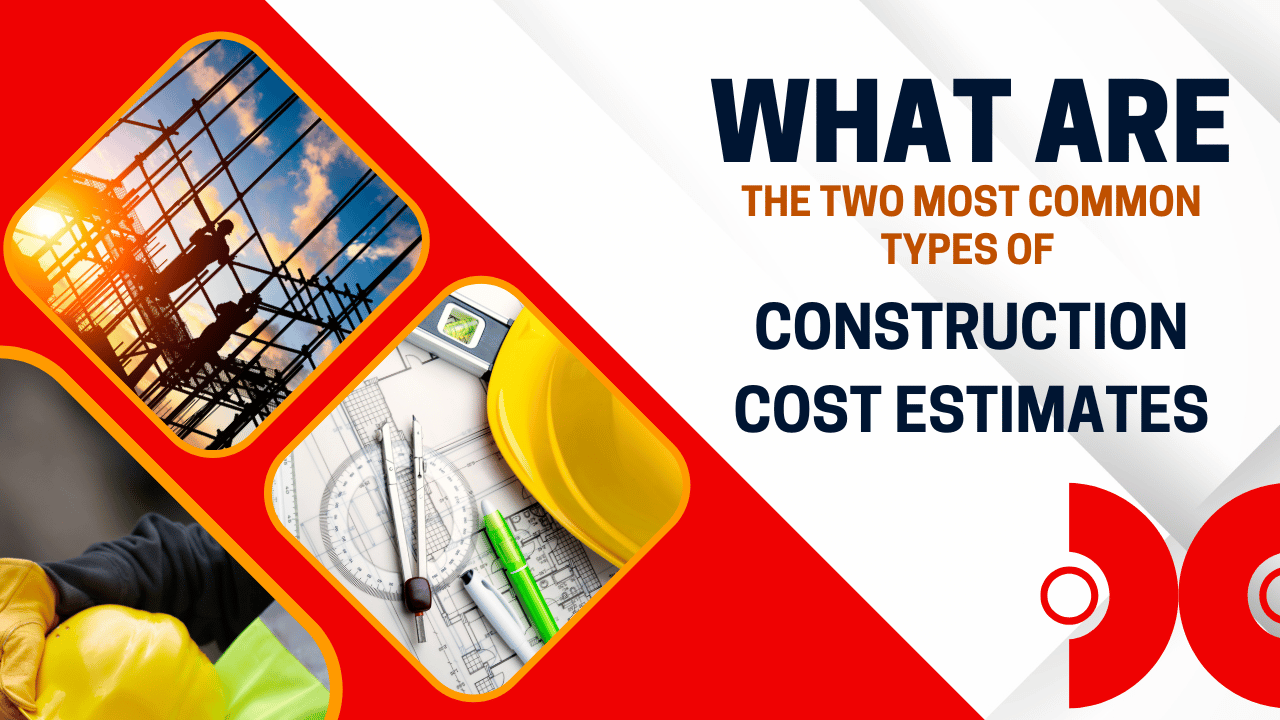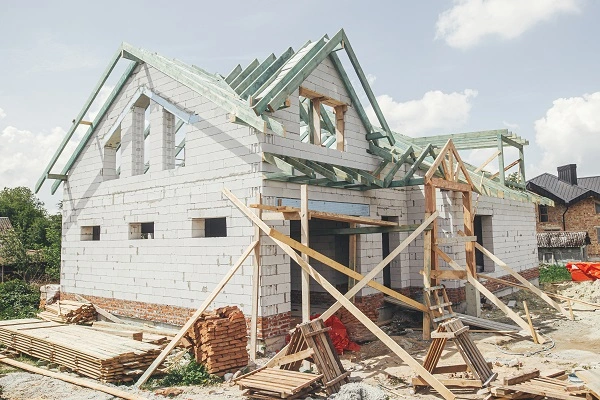Planning and estimating the project cost ahead of time is essential since construction projects are intricate and ever-changing. We highlight the distinctions between cost plans and cost estimates in this blog article and offer guidance on selecting one over the other.
Cost estimating
Cost estimate is particularly beneficial in the early phases of a building project because design plans and other criteria are not set in full. Therefore, by aiming to offer a thorough cost overview of every step of building projects, cost estimates serve as a baseline for costs. The cost predictions are frequently incorrect because they are based on imprecise data. However, cost estimates continue to be trustworthy as they are vital for project planning and making critical choices about funding and spending.
How are estimates of costs happen?
The examination of the project’s objectives, design, and other parameters forms the basis of cost estimation. In the early phases of a project, finance managers need more access to information. Therefore, a large amount of estimation is based on assumptions and forecasts. Sporadically, a method known as benchmarking is to obtain thorough knowledge. This method entails comparing the cost with other building projects that have previously been finished.
Dividing a building project into its components and generating separate cost estimates for each is an additional cost assessment method.
Cost estimate methods
In the construction sector, cost estimates come in four primary forms:
Conceptual Estimates
Based on scant information, these are the earliest and most general projections. They are rough or approximate estimates, as they give only broad information regarding the probable cost of a project.
Detailed estimates:
After additional project details are known, detailed estimates may be created. When compared to initial estimations, they are usually more accurate. Specifications, cost calculation rates, project design, and other pertinent variables are all included in detailed estimates.
Quantity estimates:
The main goal of these estimates is to list the amounts of every item that will be utilized for the project. They contribute to figuring out the overall cost of each material utilized.
Final Cost Estimates
Once all project specifics are known, this estimate is ready, creating an accurate project-wide cost estimate.
Cost planning: what is it?
Creating an accurate and comprehensive list of all the expenses associated with a building project is part of cost planning. It is based on cost estimation and starts with pre-existing cost estimations. It also considers additional variables, including supply chain management risks, hourly rates for contractors, pricing volatility, and contingency planning.
Helping to plan and create a comprehensive project budget is the primary goal of cost planning. It also seeks to outline all stated expenditures to guarantee that the project stays within the budget allotted.
What is the process of cost planning?
After thoroughly examining every facet of the project—including the building type, design, requirements, and scope, cost planning takes place. It includes all project-related charges, including labor, supplies, permits, taxes, contractor fees, and other comparable costs. Cost planning yields an accurate and thorough summary of the project’s expenses at various phases. This summary helps create the project’s first budget and acts as a standard against which to compare projected and actual project expenses.
Why is budgeting crucial?
Cost planning serves two critical functions in project management: developing a budget and a resource plan. The budget establishes and distributes the total project cost across the various phases, resources, and tasks. It is a helpful tool for comparing the project’s overall cost to cost and assessing if it is within budget.
The resource plan helps allocate project expenses, specific resources and activities, such as labor and materials. It helps with expense tracking and resource management.
The various elements that make up building estimates
So now that you have covered the different forms of estimations. Let’s look at how they are put together. Contractors consider three factors when creating an estimate: data source, degree of accuracy, and estimating approach.
Method of estimation
The project estimate is because of two methods: top-down and bottom-up. A top-down estimate is by estimating the project’s cost as a whole and allocating funds to each job by that estimate.
A bottom-up estimate determines the project’s actual cost by pricing each activity separately. Using takeoff software, one may produce the most precise and thorough bottom-up estimate.
The precision of the cost projections
The level of detail in the design documentation determines how accurate a construction estimate will be. As we’ve just covered, contractors frequently give estimates at different stages of document completion.
The estimations get increasingly precise as the project develops.
Data sources for projected cost estimations
There are three possible sources for information on cost estimates. The first is a parametric estimate, which starts with unit costs given by a third party or a contractor’s in-house data.
The unit cost is to give a project’s total estimate of the direct construction cost, which considers the quantity of labor and materials needed.
The second is expert judgment, in which a building specialist assesses the project’s cost.
The third type of estimate is an analogous estimate. It comes into action by estimating the present project’s costs on a comparison with a comparable project.
The following factors go in effect when creating an estimate on average industry pricing:
- Quantity ascendancy
- Costs of materials
- Rate of labor
- Rates for subcontractors and labor hours
- Equipment expenses
- Backup plans
- indirect expenses
- Costs of operations
Remember that labor rates and material costs are subject to change depending on the area and time of year.
Conclusion
Producing precise cost estimates is a single phase in the whole building procedure. Construction management software may assist you in managing subcontractors, keeping track of your progress, and anticipating cost overruns.
Your accounting software generates costs matching the relevant line items in the bid estimate.
With real-time tracking, you can determine where possible cost overruns can happen and adjust your estimates in time to prevent them.
Proactively addressing prospective budgetary issues and assisting in realizing your client’s project are two benefits.






